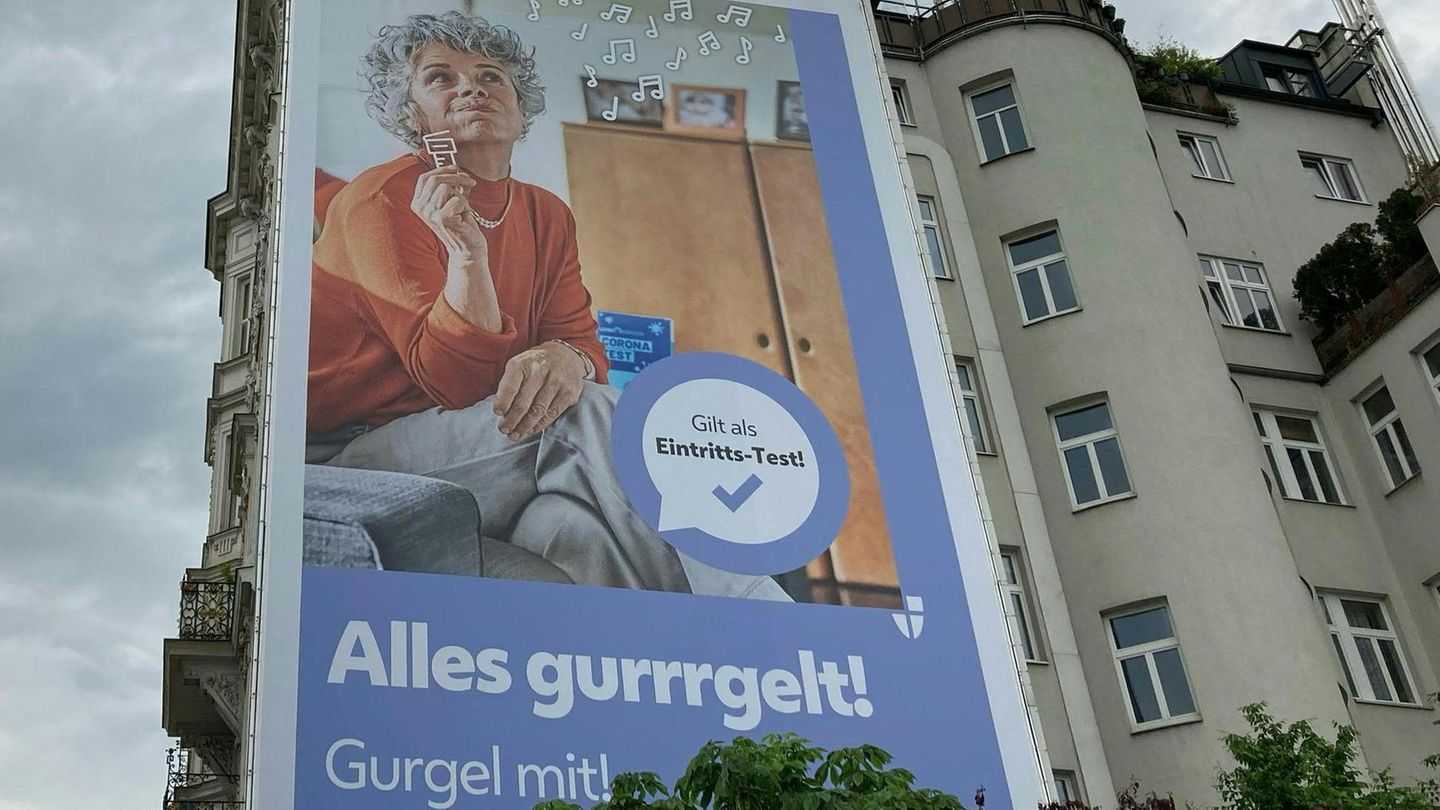Vienna analyzes more than twice as many PCR tests as Germany every day. Because laboratory capacities are tight here, only selected groups will be subjected to a PCR test in the future. The problem could have been prevented. Or is it none at all?
The number of infections and incidences in Germany are constantly increasing. The curve will rise steeply at least until mid-February, according to the mathematical models. It would therefore make sense, especially in this phase of the corona pandemic, to increase the capacities for reliable PCR tests. The more precise the data situation, the more targeted and effective the corona measures can be controlled.
Instead, the federal-state conference led by Chancellor Olaf Scholz decided on Monday to prioritize the PCR tests in the future because the laboratories are reaching their capacity limits. Vulnerable groups and employees in clinics, nursing homes and facilities for people with disabilities should be tested preferentially. Certified rapid antigen tests should be sufficient for free testing from contact person quarantine or infected isolation, but they are considered less reliable. This means that from this point on the government has “no idea” “how high the number of infections really is,” said Bavarian Prime Minister Markus Söder (CSU) on Monday evening in the ARD “Tagesthemen”.
Why did Germany get into this situation? And why are the test capacities in Austria, France, Great Britain or Denmark, for example, much higher? The answer is quite simple: In these countries, the pooling method has been used for PCR test evaluation for a long time. Five or more samples are mixed and tested together for Sars-CoV-2. If there is a positive result, the individual samples are re-examined (two samples must always be submitted). The big advantage is the much higher number of tests that can be carried out. And: The individual tests are significantly cheaper.
Vienna is a prime example of a successful test strategy
An example of how effectively and cost-effectively the pooling method can be used is the Austrian capital Vienna. Almost a million tests can be carried out here every day. For comparison: throughout Germany, the limit is around 400,000 tests a day. The high number of tests is possible because ten samples are examined at once when pooling in Vienna and citizens can carry out throat tests themselves at home. The logistics are there: The tests are available in every drugstore for just under six euros, while in Germany you pay between 35 and 70 euros. The samples are handed in at school, in the supermarket, at the gas station, at the train station or in the drugstore. However, Vienna is the lone pioneer in Austria. While people have been gargling diligently there since March 2021, the other federal states are only gradually following suit.
The example of Vienna now serves to intensify criticism of the former federal government. “Instead, under Jens Spahn (CDU), the Federal Ministry of Health relied too one-sidedly on a rapid test strategy. Because of this and because in Germany the focus was almost exclusively on individual evaluation of tests and not on pool PCR solutions, we other countries are lagging behind when it comes to PCR tests very clearly behind,” said Janosch Dahmen, health policy spokesman for the Greens in the Bundestag. “We have to change that by using these tests regularly and widely according to the pool PCR method in Germany, too.”
The spokesman for the large laboratory Bioscentia, Hendrik Borucki, contradicts this representation. He not only points to the enormously large laboratory capacities in Germany, but also to the fact that politicians, in exchange with science, made a conscious decision at the beginning of 2021 not to introduce the pooling method on a large scale. One reason was that there were doubts that the “sensitivity is high enough. We observed that there were some cases with false results.” Secondly, given the high number of infections caused by Omikron, the pooling method no longer offers any decisive advantage. “If the positive rate is 30 or 40 percent, the pool tests would have to be retested individually and the capacity advantage would be used up. If you take the test strategies of other countries as a model, “apples and oranges” are often compared.
The federal states also showed little initiative
But regardless of this, the federal states were decisively involved in the decision-making process, Spahn is not responsible for everything. And the federal states showed little initiative, which can be proven by the example of the so-called lollipop tests for schools. Last summer, Spahn and Berlin and the then Minister of Education Anja Karliczek (both CDU) made a strong appeal to the federal states to introduce lollipop tests that are evaluated using the pooling method. The response was extremely low. The RKI’s recommendation to rely on pooling tests for children and young people also had little effect. The most common excuse: the laboratory capacities would be lacking. So politics goes in circles. Everyone points fingers at each other.
In Bavaria, North Rhine-Westphalia and Baden-Württemberg, PCR pool tests are carried out in schools, but by no means everywhere. In Bavaria they are limited to elementary and special needs schools, just like in North Rhine-Westphalia, where by no means everyone participates. In Baden-Württemberg, schools are free to make their own decisions.
Sources: DPA, , , , , ,
Source From: Stern




